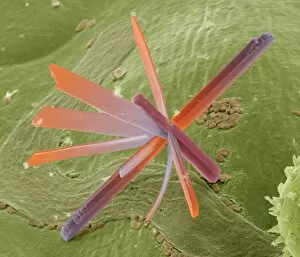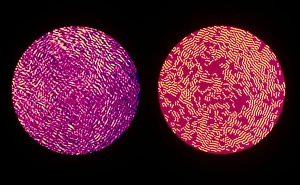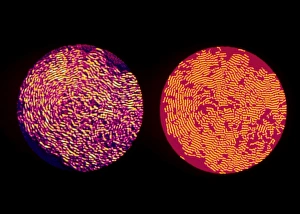Pollution Research Collection
"Unveiling the Invisible: Unraveling Pollution's Secrets through Research" In our relentless pursuit to safeguard our environment
All Professionally Made to Order for Quick Shipping
"Unveiling the Invisible: Unraveling Pollution's Secrets through Research" In our relentless pursuit to safeguard our environment, it has emerged as a powerful tool to understand and combat various forms of contamination. From pesticide contamination to hydrocarbon pollution clean-up, scientists are employing cutting-edge techniques like SEM (Scanning Electron Microscopy) and Biopile technology to restore ecological balance. Using false color TEM (Transmission Electron Microscopy), researchers have successfully identified the fingerprint of soot particles in the air, shedding light on the detrimental effects of air pollution caused by diesel engines. Additionally, physiological tests conducted on pollution workers provide crucial insights into their health risks and help develop preventive measures. Amidst growing concerns about asbestos exposure, meticulous monitoring ensures worker safety while handling this hazardous material. Witnessing workers diligently cleaning up chemical spills serves as a reminder of their unwavering commitment towards environmental protection. Pollution clean-up initiatives play a pivotal role in restoring contaminated sites back to their natural state. By utilizing advanced technologies such as FIVES contamination detection system, experts can efficiently identify sources of contamination and implement effective remediation strategies. Monitoring stations dedicated to air pollution enable real-time data collection for analysis and informed decision-making. These stations serve as guardians against invisible threats that compromise our well-being. Through extensive research efforts, we strive not only to comprehend the complexities surrounding pollution but also find sustainable solutions for its prevention and mitigation. As we delve deeper into this realm of scientific exploration, let us remember that every step taken towards cleaner environments is a step closer towards securing a healthier future for generations to come.










